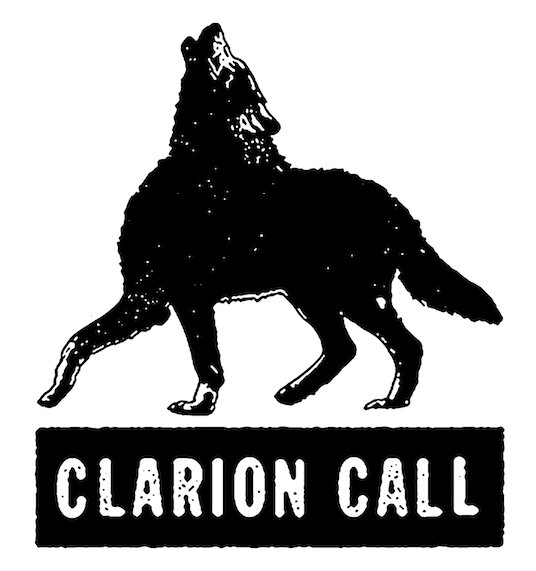AMERICAN NIGHTMARE
American Nightmare (2/16/18)
“Where do you go when you gotta get away?”
To call American Nightmare an iconic hardcore band is an understatement. The enigmatic act may have only released two full-length albums since forming nearly two decades ago but after temporarily losing their name, changing members and breaking up, American Nightmare have risen from the ashes with an album that expands their legacy and reestablishes them as titans of the genre. “We’ve progressed to the true essence of the band,” frontman Wes Eisold explains. “In making this record we had one goal: To make a hardcore punk album that was true to American Nightmare, who we were then and who we are now. No filler, just existential poetic venom. This is ground zero, a new life for the band.”
Correspondingly American Nightmare is a dark hardcore record that pays homage to groups who have always influenced the band ranging from Negative Approach, SSD, and The Cro-Mags to Joy Division and Siouxsie And The Banshees. “American Nightmare’s musical influence has always been far from traditional hardcore,” Eisold explains, citing that in the advertisements for the band’s first 7-inch he was wearing a Sisters Of Mercy shirt. “Post-punk, specifically romantic dark post-punk is and was my first love but never really got there in our music—and that’s strange because there isn’t that much of a difference between some hardcore and the first Bauhaus record,” he continues. “Those references were always there aesthetically but were filtered through a 20-something depressed ultra-violent hardcore punk kid. Genres were always something we liked to blur and we are definitely a hardcore punk band but our definition of that encompasses a lot.”
American Nightmare also includes bassist Josh Holden, guitarist Brian Masek and drummer Alex Garcia-Rivera who were all part of the last original lineup of the band who disbanded in 2004 and somehow American Nightmare even got their highly prized band name back after temporarily changing their name to Give Up The Ghost. “This is really the first truly collaborative record that we’ve done and everyone contributed to the process so we didn’t dig backwards for unused ideas,” Eisold says of the writing process this time around which was inspired by the Smiths yet evokes Black Flag and is dripping with the angst-driven nihilism that has defined the act since their inception. “Over the past two years we wrote when we were together and it was remarkably easy because of our enthusiasm for the record. When we would get together in Boston we would typically go to our old favorite spots: record stores, places to eat, neighborhoods. We’d reconnect over the past and then get right to work.”
That sense of camaraderie and collaboration is evident all over American Nightmare, from the blazing old-school opener “The World Is Blue” to gothy post-punk of “Gloom Forever” and sinister syncopation of “Colder Than Death.” “Thematically this album is a response to the old lyrics, a reassurance of all of the uncertainties and existential fears,” Eisold explains if titles like “Flowers Under Siege” and “Crisis Of Faith” weren’t telling enough. “I still struggle daily with whatever lasting depression I unfortunately inhabit in my head; it’s deep-rooted and I needed to get this out in this form. People always thought American Nightmare lyrics were about a specific person but unrequited love was just my muse for endless days of feeling like a lonely outsider my whole life. I still feel that way. I’m not really proud or confident in anything I’ve made or achieved because in 2017 I’ve got the same person I was inside of me.”
In order to accurately capture the catharsis the group decided to harness the energy of their performances by recording live as a unit without any distractions. “We did not want to work with a producer or invite any outsiders in, we wanted to record the album in Boston where we started,” Eisold explains. Luckily Garcia-Rivera owns Mystic Valley Recording Studio in Boston so he engineered the sessions on 2-inch tape using an old Ampex machine from 1976—and those technological limitations helped the band focus on presenting the most unfiltered version possible of these songs. “No tape splicing or editing was done and the drums were cut as one complete take from start to finish which is mostly unheard of these days,” Eisold continues. “The result is pure performances that retain all the sonics and emotion that were captured during the recording session. It’s real music.”
For every pit-worthy ripper like “Lower Than Life” there’s a more meditative yet equally explosive song like “Dream” and that distinctive dichotomy is something that American Nightmare had always hoped to achieve in their own bleak way that truly transcends hardcore. Despite his success with acts like Cold Cave and Some Girls, there is a reason why American Nightmare will always have a special place in Eisold’s heart and you can feel that while listening to the album. “This is a new start, it really is. We are now in the band we always wanted American Nightmare to be with the lineup, the songs, and the name back,” he summarizes. “It feel full circle in the sound of the music that I referenced earlier, but it also feels complete in that we took the reigns of the band and its past and made a new American Nightmare album… and now we are ready to move forward with it.”

